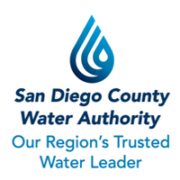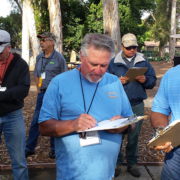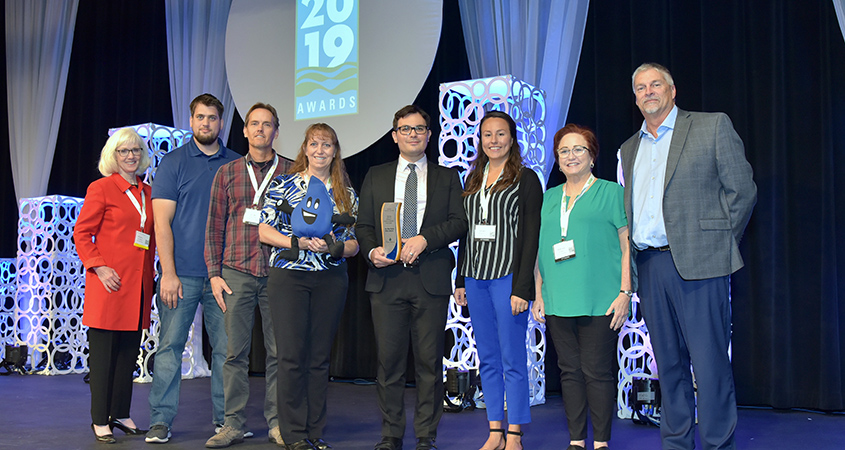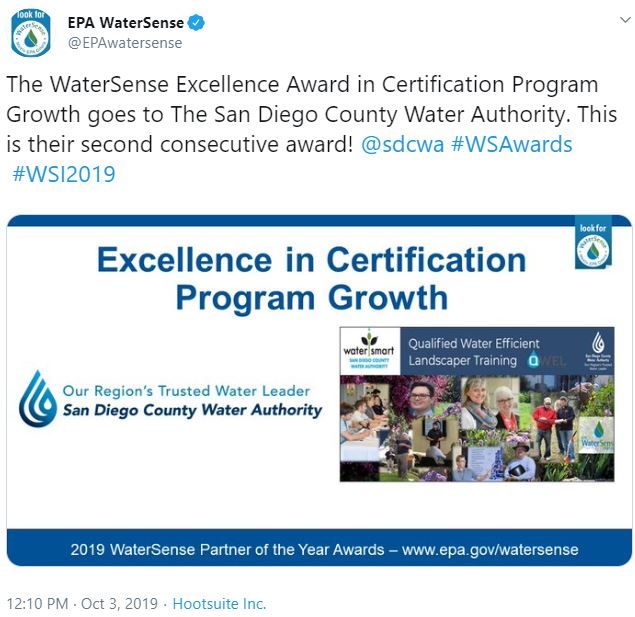The Citizens Water Academy helps educate civic leaders, and many graduates have gone on to become water agency board members in San Diego County.
The application and nomination period remains open for the Fall 2019 class of the San Diego County Water Authority’s pioneering Citizens Water Academy.
The closing date is September 18. More than 700 people have completed the award-winning program since 2014.
The Citizens Water Academy provides an opportunity for emerging civic leaders to learn about visionary local efforts to ensure a safe and reliable water supply for the San Diego region. Participants get an in-depth look at how the Water Authority helps the region’s economy and quality of life through strategic planning, innovative programs, and cost-effective investments.
The first two sessions are at the Helix Water District’s operations headquarters in El Cajon on October 11 and 16, and the third session is in Escondido at the Water Authority’s Escondido operations center on October 25.
Citizens Water Academy ‘a catalyst’ for Gracyk
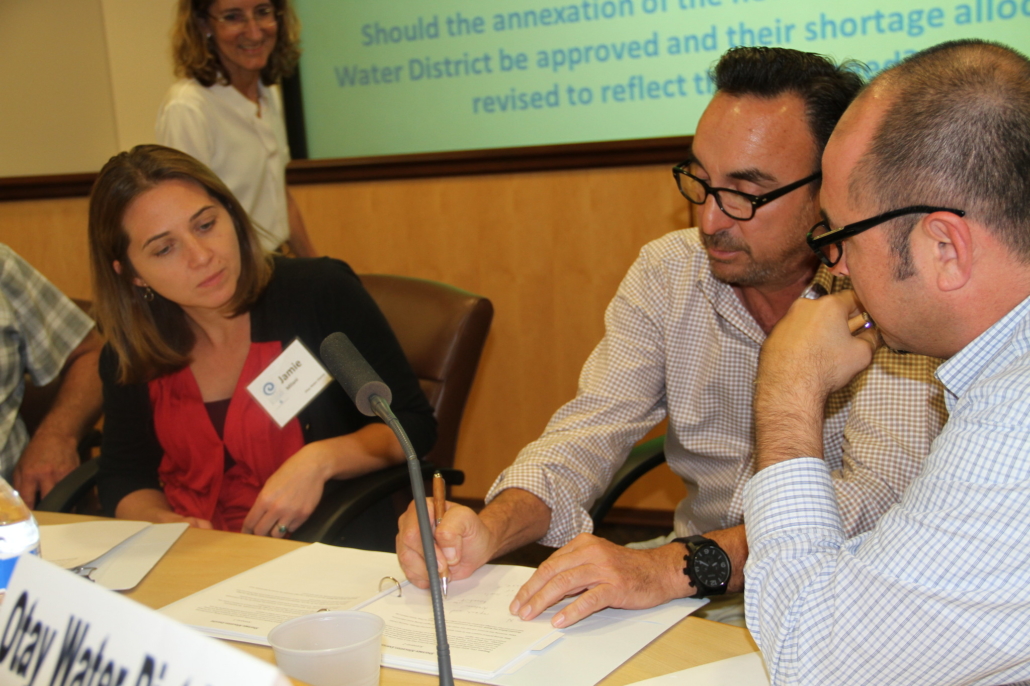
Mark Gracyk (center) participates in a role playing exercise during the Winter 2016 Citizens Water Academy. Photo: San Diego County Water Authority
Helix Water District board member Mark Gracyk attended the Citizens Water Academy in Winter 2016.
“As an average citizen, most people don’t know much about what’s involved about getting their water,” said Gracyk. “I didn’t have a macro view of the whole system. I really looked forward to the classes and I learned so much. It’s kind of jam packed, it’s like a cram course. But you really learn a lot in those short three or four days.”
Gracyk says the Citizens Water Academy was “a catalyst” inspiring him to run for the Helix board in 2016.
“I took what I learned and it helped in my campaign, and to be an more effective elected official,” said Gracyk.
Local leaders become better informed
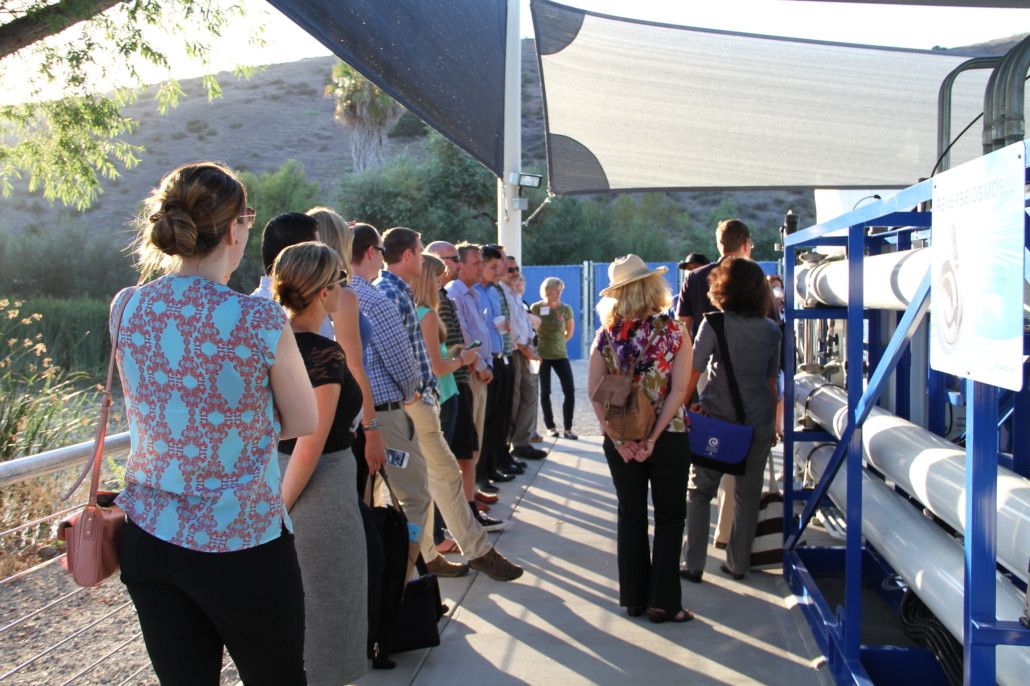
Citizens Water Academy participants tour the Padre Dam Advanced Water Purification Demonstration Project in Santee. Photo: San Diego County Water Authority
The program also helped José F. Cerda become better informed about the region’s water supply and infrastructure in 2015 prior to his successful 2016 campaign for the South Bay Irrigation District board.
“I had a childlike wonderment about what water is and where it comes from,” said Cerda. “It’s your civic duty to understand this big issue for California and create a sense of consciousness. People think you just open the tap.”
“I’m pretty comfortable now making decisions because of the background and the foundation of the Water Academy,” added Cerda.
Valley Center avocado grower Enrico Ferro, a Valley Center Municipal Water District board member, says his Citizens Water Academy experience in 2015 helped him look at water beyond the local perspective.
“Whenever I talk to anyone about water, I reference what I’ve learned,” said Ferro, recently named president of the San Diego County Farm Bureau. “We can’t do anything without water, it’s extremely important. Before I got involved with the Farm Bureau, I wasn’t paying attention to the impact of things on a regional and statewide level.”
“Lots of people from different walks of life of all ages, all professions, and every type of person attends. You get their perspective on things and how [water] affects them,” added Ferro.
Citizens Water Academy grads forge new relationships
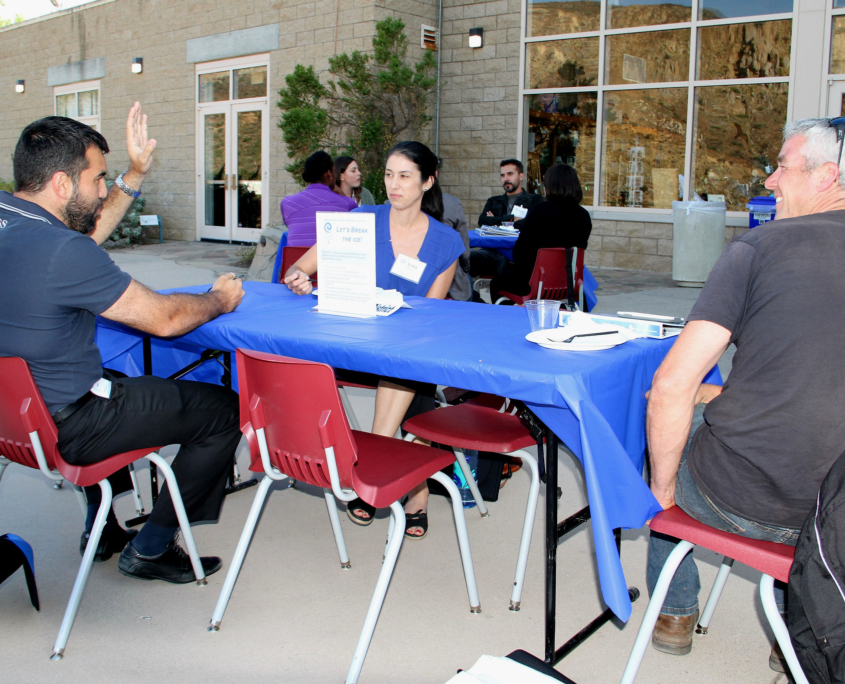
Enrico Ferro (far right) participates in an icebreaker exercise at the Summer 2016 Citizens Water Academy. Photo: San Diego County Water Authority
Gracyk, Cerda, and Ferro all value the relationships they forged and the networking opportunities with other engaged people at the Citizens Water Academy.
“You’ll make new friends and colleagues you didn’t have before. It will pay you back twenty fold,” said Gracyk.
Competitive selection process for popular program
The selection process is competitive. The Water Authority typically receives many more applications than spots available.
To apply or to nominate someone for the academy, go to www.sdcwa.org/citizens-water-academy. People who are interested but cannot attend in October can submit an application and ask to be notified when additional sessions are announced.
Gracyk says he hopes to join the first session and welcome the new Citizens Water Academy Fall 2019 class to the Helix operations center.
“Three years ago, I was sitting in that audience,” said Gracyk. “Now, I’m here as an elected official and I’m much more knowledgeable than when I started. One thing I really learned is that access to fresh, clean, safe affordable water is essential to human dignity.”

